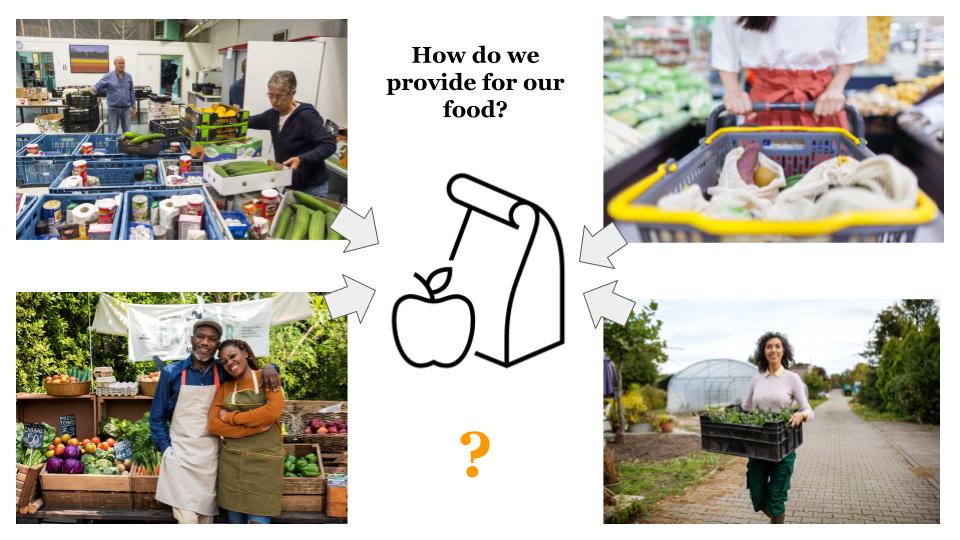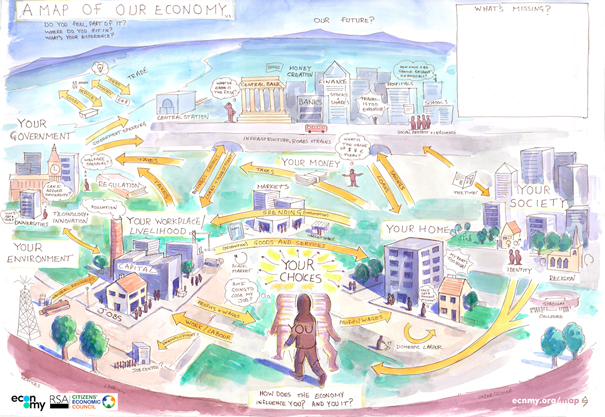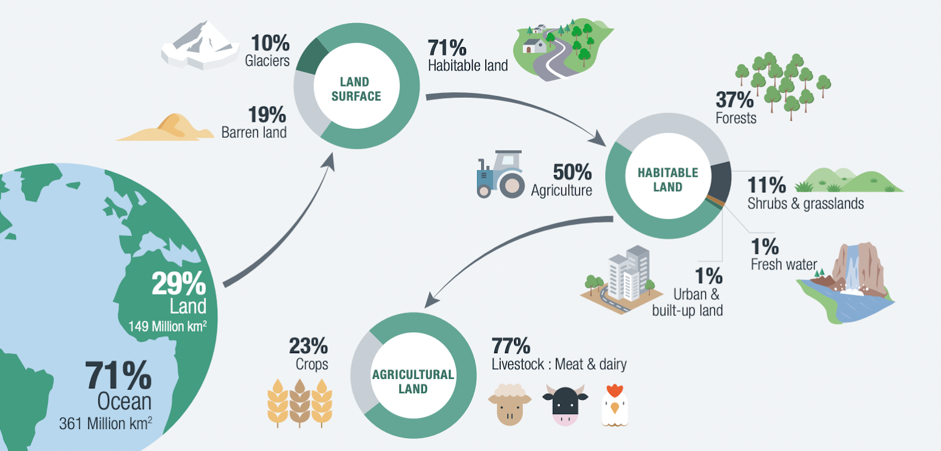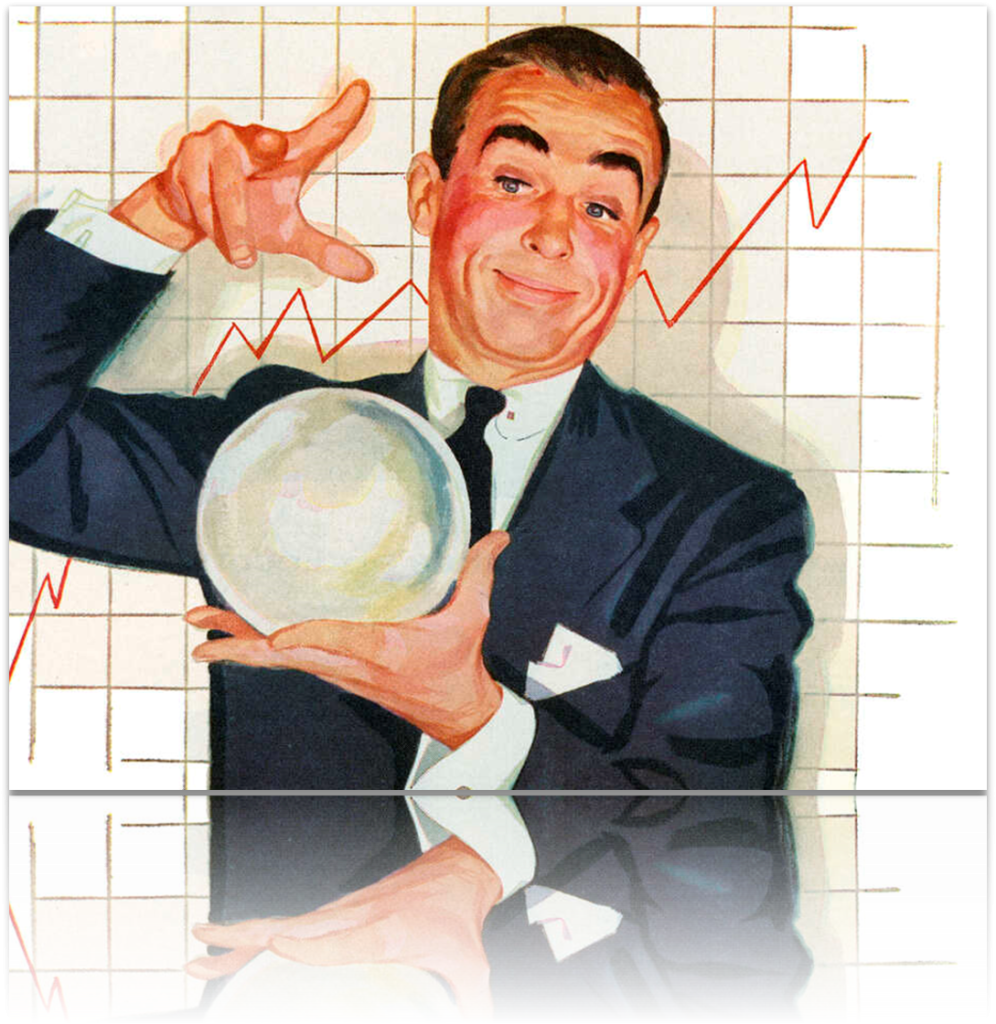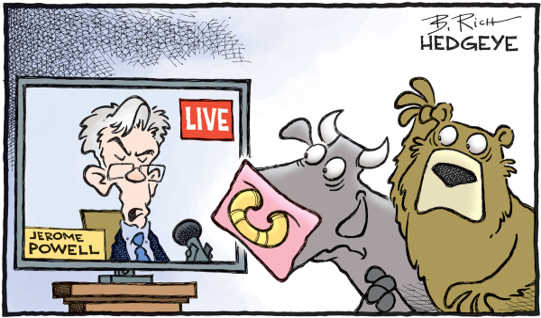Suggestions for incremental change to econ 101 courses, drawn from the ten building blocks of Economy Studies.
General approach
Change often happens incrementally and slowly. In the economics textbook market, for example, there is an unwritten rule that new textbooks cannot differ more than roughly 15% from the standard textbook in order to be ‘acceptable’ (Colander, 2003).
While our book clearly breaks this rule and proposes more far-reaching and fundamental changes in most chapters, in this chapter we focus instead on how existing courses could be adjusted incrementally. By doing so, we hope to assist educators in improving and adapting the courses they teach without needing to rip them up and start again, as well as helping students make suggestions for how this could be done.
First, we set out the typical contents of current courses. Second, we provide our suggested additions and changes. It is important to note that we pose all these suggestions as potential sources of inspiration, not a checklist of all the things that necessarily should be included. After all, there is a practical limit to what can be taught within a single course.
Courses:
Typical contents of current courses
Introductory courses in economics, often called Economics 101 or Principles of Economics, generally focus on teaching students to ‘think like an economist’. Usually, this means to learn to look at the world from a neoclassical perspective, as mainstream economists over the last decades have tended to do. To do this, courses often begin with the concept of perfect competition, normatively defined as optimal. Students learn the basic elements that make up models of perfect competition: profit-maximizing firms, ‘rational’ economic agents maximizing their utility, elasticities, and the price mechanism through which efficient and optimal equilibria are achieved. Then exceptions to the rule of perfect competition are introduced: externalities, public goods and imperfect competition. If macroeconomics is included, the focus is on the long-run growth and short-run fluctuations of GDP. Here monetary policy is central, and all policy decisions are framed in terms of their impact on GDP and inflation.
Frequently used textbooks:
- Economics by Gregory Mankiw and Mark Taylor
- Economics by Paul Krugman and Robin Wells
- Economics by Daron Acemoglu, David Laibson, and John List
- Modern Principles of Economics by Tyler Cowen and Alex Tabarrok
- Economics by Micheal Parkin, Melanie Powell, and Kent Matthews
- Essentials of Economics by Stanley L. Brue, Campbell R. McConnell, and Sean M. Flynn
- Principles of Economics by Karl Case, Ray Fair, and Sharon Oster
- Economics by Glenn Hubbard and Anthony P. O’Brien
Suggested additions and changes
Relevant teaching packs
Recommended books
- Economics: The User’s Guide by Ha-Joon Chang, from 2014. This book provides a brief and accessible pluralist introduction to a broad range of theoretical insights the discipline has to offer. While theoretical, this book is never dry. It is clearly written and has a very succinct style.
- Rethinking Economics: An Introduction to Pluralist Economics by Liliann Fischer, Joe Hasell, J. Christopher Proctor, David Uwakwe, Zach Ward Perkins, Catriona Watson, from 2017. This collection of essays provides an accessible introduction into post-Keynesian, Marxian, Austrian, institutional, feminist, behavioural, complexity and ecological economics.
- Principles of Economics in Context by Jonathan Harris, Julie A. Nelson and Neva Goodwin, most recent edition from 2023. A useful textbook that treats much of the traditional content, but also consistently discusses the social and environmental challenges inherent in economic questions.
- Economics After The Crisis by Irene van Staveren, from 2015. This well-written textbook describes twelve central topics in economics at an introductory level, each from four different perspectives: the neoclassical, institutional, social and post-Keynesian perspectives.
- The Economy by the CORE Team, from 2017. This highly successful textbook, freely available online with additional resources, provides a treasure trove of empirical data, context and recent research.
- Introducing a New Economics by Jack Reardon, Maria A. Madi, and Molly S. Cato, from 2017. This ground-breaking textbook introduces many of the core issues in economics today and weaves together pluralist theory and real-world knowledge in an eminently readable way.
- Economic Principles and Problems: A Pluralist Introduction by Geoffrey Schneider, from 2021. A lively entree into the world of economic ideas, capitalism, markets and government policy.
- Political Economy: The Contest of Economic Ideas by Frank Stilwell, most recent edition from 2011. This well-written textbook provides a good introduction to economic ideas from multiple perspectives, with particular attention to classical, Marxist, neoclassical, institutional, Keynesian and more recent insights related to capitalism.
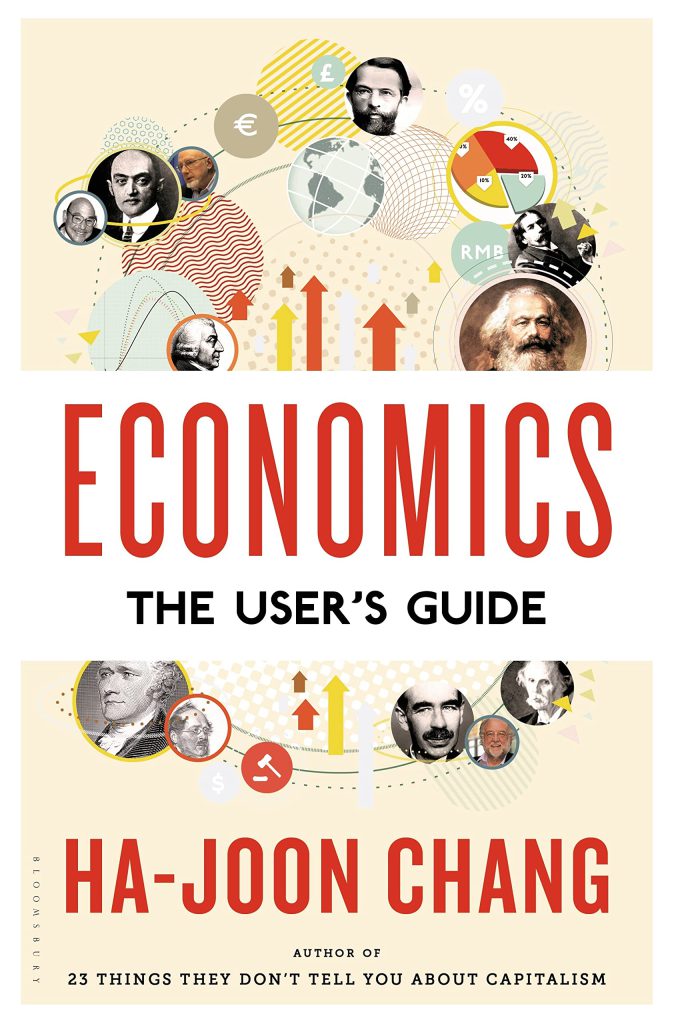

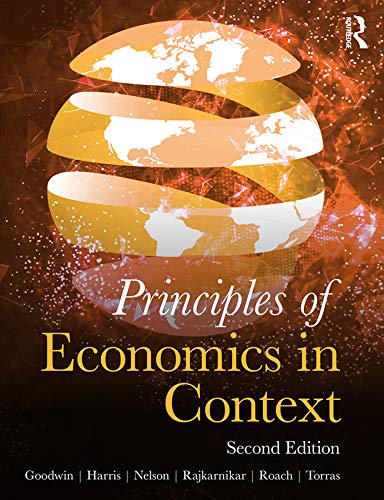
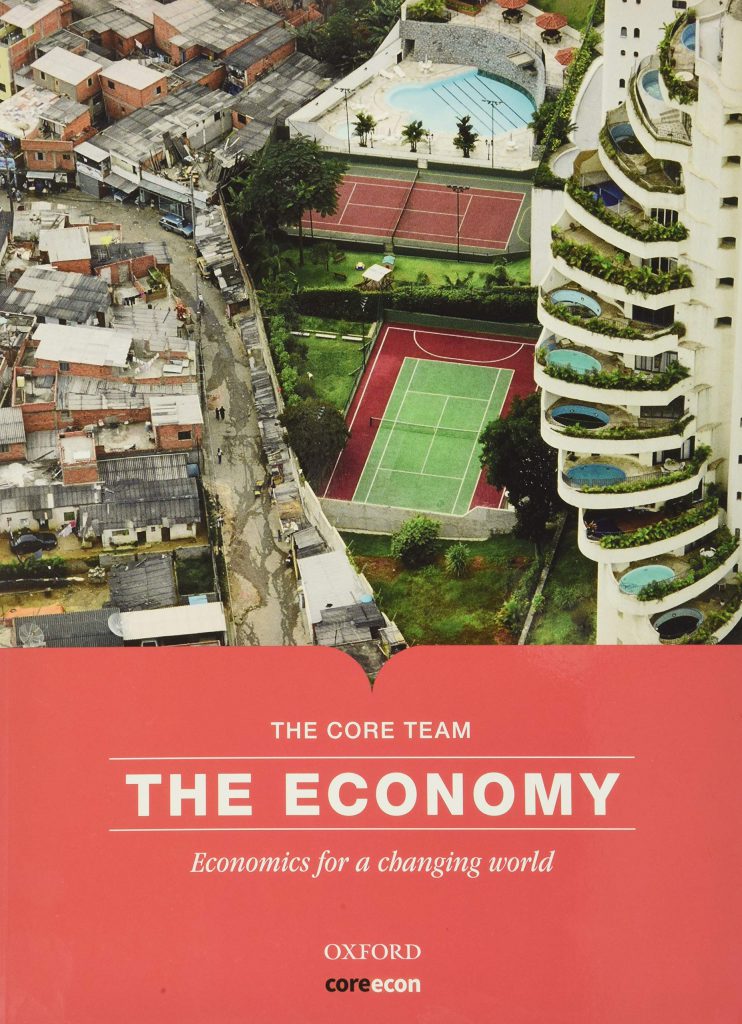
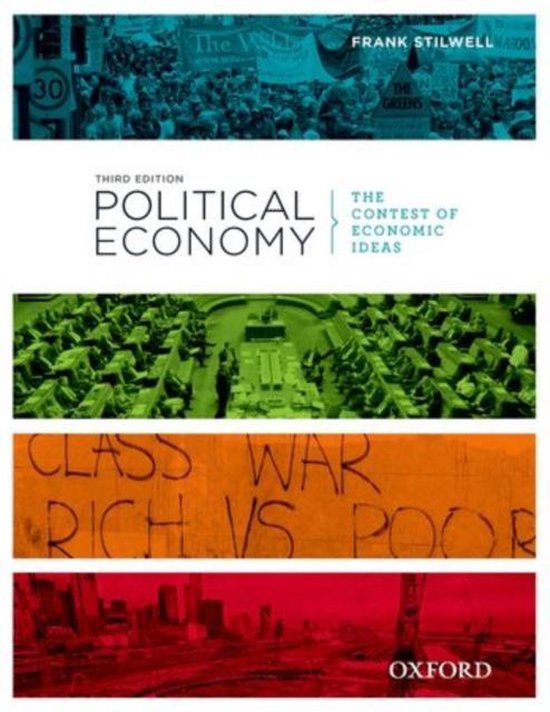
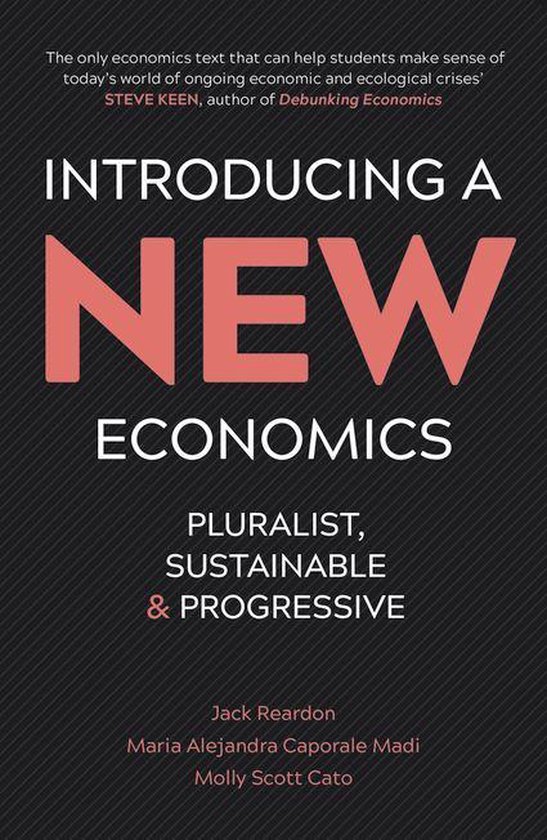
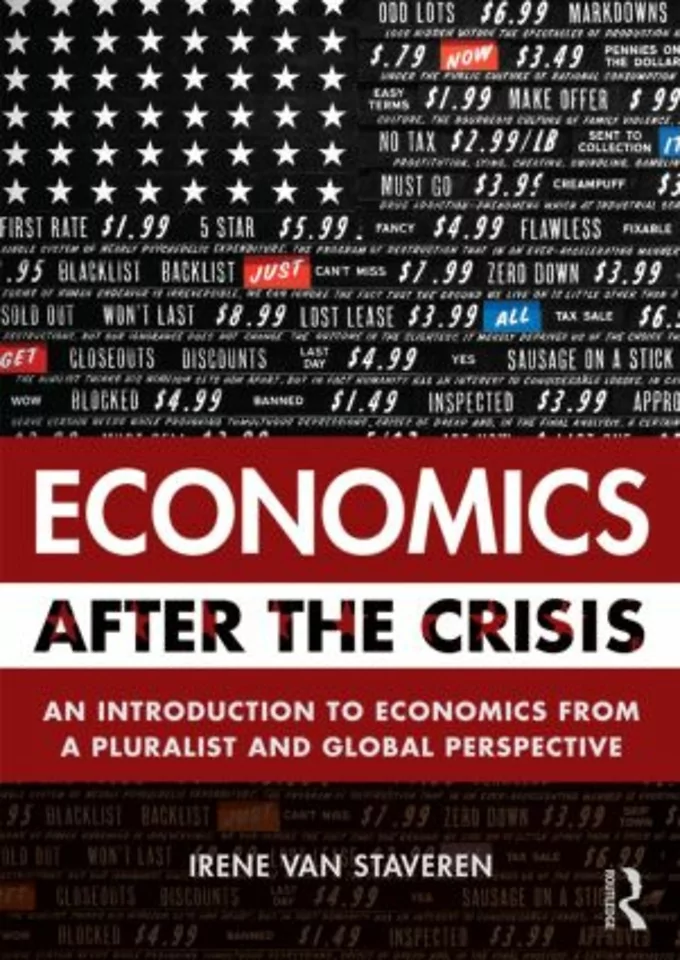

Practical skills and real-world knowledge
When students start their economics program, they generally know very little of either economic theory or of the economy around them. Current introductory courses focus mainly on teaching students economic theory. We would argue that introductory courses should also pay attention to real-world knowledge and trigger students’ interest to learn more about the economy they live in. This can be done discussing key indicators, institutions and sectors within the local and national economy.
One could use our This Month in the Economy Exercises to bring recent developments into the classroom.
For more detail, see Building Block 2: Know Your Own Economy.
A range of analytical tools and approaches
Many economists, both in academia and outside of it, are moving beyond neoclassical economics. Education, and in particular introductory courses, are too often lagging behind. We need to modernise these courses by introducing students to newer perspectives, and also well-established perspectives that have been neglected by the mainstream in recent decades. Furthermore, the goal of introductory courses should not be to teach the details or technicalities of mathematical models, and should not focus exclusively on a single approach. Instead of teaching mathematical technicalities, the focus should be on grasping the core intuitions and ideas of the approach taught. And instead of teaching only one approach as if it were the only one, students should learn from the beginning to use several approaches side by side. Later courses can build on this basic knowledge of different approaches by teaching their more detailed insights on specific topics.
For more detail, see Building Block 7: Research Methods & Philosophy of Science, Building Block 8: Economic Theories and the background material Economic Approaches.
Teaching Materials
- Economics: The User’s Guide by Ha-Joon Chang, from 2014, chapters 1 and 4. This book provides a pluralist and accessible introduction into different economic approaches and what economics is.
- Rethinking Economics: An Introduction to Pluralist Economics by Liliann Fischer, Joe Hasell, J. Christopher Proctor, David Uwakwe, Zach Ward Perkins, Catriona Watson, from 2017. This collection of essays provides an accessible introduction into post-Keynesian, Marxian, Austrian, institutional, feminist, behavioural, complexity and ecological economics.
- The website Exploring Economics: www.exploring-economics.org/en/. This website provides sharp and helpful introductions into the different economic perspectives and furthermore gives many useful overviews of related teaching materials, videos and existing (online) courses.
- Alternative Ideas from 10 (Almost) Forgotten Economists by Irene van Staveren, from 2021. This book emphasizes often ignored and neglected ideas, from important economists such as Knight, Myrdal, and Robinson.
- Handbook of pluralist economics education by Jack Reardon, from 2009, chapter 6. This useful book on how to diversify economics programs, includes a chapter full of ideas and suggestions for introduction principles and economics 101 courses.
- The ABCs of Political Economy: A Modern Approach by Robin Hahnel, most recent edition from 2014. This accessible book introduces students to the economy and a variety of economic thinkers on key topics, such as the microeconomics of markets, the macroeconomics of business cycles, finance, international economics, and efficiency and equity.
- Principles of Economics in Context by Jonathan Harris, Julie A. Nelson and Neva Goodwin, most recent edition from 2020. A useful textbook that treats much of the traditional content, but also consistently discusses the social and environmental challenges inherent in economic questions.
- Economics After The Crisis by Irene van Staveren, from 2015. This well-written textbook describes twelve central topics in economics at an introductory level, each from four different perspectives: the neoclassical, institutional, social and post-Keynesian perspectives.
- The Economy by the CORE Team, from 2017. This highly successful textbook, freely available online with additional resources, provides a treasure trove of empirical data, context and recent research.
- Introducing a New Economics by Jack Reardon, Maria A. Madi, and Molly S. Cato, from 2017. This ground-breaking textbook introduces many of the core issues in economics today and weaves together pluralist theory and real-world knowledge in an eminently readable way.
- Economic Principles and Problems: A Pluralist Introduction by Geoffrey Schneider, from 2021. A lively entree into the world of economic ideas, capitalism, markets and government policy.
Institutions and different ways of organising the economy
The economy is much bigger than just market exchange. Economies are made up of many types of organisations and mechanisms: markets, hierarchy, commons and others. It is important to start helping students realize this early on, making them familiar with the different ways in which economies are, and can be, organised. This can help prevent misunderstandings and the development of narrow-mindedness, such as overlooking unpaid labour and the non-profit sector in their thinking about the economy. Students in introductory courses should be presented with multiple mechanisms for organising economic activity, and the different political-economic systems behind them.
For more detail, see Building Block 5: Economic Organizations & Mechanisms and Building Block 6: Political-Economic Systems.
Teaching Materials
- Introducing a New Economics by Jack Reardon, Molly S. Cato, Maria A. C. Madi, from 2018, chapters 10, 11 & 12. Three accessible and brief chapters, with accompanying classroom activities and questions, introducing students to what public goods, commons and firms are and how they can be governed, for example as a corporation owned by shareholders or as a cooperative owned by its workers or consumers.
- Economics: The User’s Guide by Ha-Joon Chang, from 2014, chapter 5. A short well-written chapter on different economic actors and organisational forms, from multinational corporations, cooperatives, and labour unions, to governments and a variety of international organisations.
- Organisations: A Very Short Introduction by Mary Jo Hatch, from 2011. A brief, accessible and yet highly informative book full of scientific theories and ideas on what organisations are, how they can be structured, how they change, and their internal dynamics and interaction with markets and society.
- Governing the Commons: The Evolution of Institutions for Collective Action by Elinor Ostrom, most recent edition from 2015, chapters 1, 2 & 3. A sharp and rigorous discussion of commons, how they are different from markets and hierarchies, how we should theorize them and real-world examples that help us better understand how they can be successful.
- Contemporary Capitalism: The Embeddedness of Institutions by J. Rogers Hollingsworth and Robert Boyer, most recent edition from 2012, chapter 1. An instructive analytical introduction and overview of different coordination and allocation mechanisms, such as markets, public and private hierarchies, networks, communities and associations.
Societal relevance and normative aspects
Before diving into details, students should develop an understanding why it is relevant for them to study economics and to learn that content. Without a sense of what it means to be an economist, what the economy is about, why we care about the economy and what the main economic challenges of today are, students will unlikely be motivated to fully engage and grasp the meaning of what they are taught. A good way to start an economics program is with the big picture.
For more detail, see Building Block 1: Introducing the Economy.
Teaching Materials
- Economy Studies Essential Lecture: Introducing the Economy by the Centre for Economy Studies, from 2022. This free open access teaching pack, centred on building block 1, is designed for 90-minute (online or offline) sessions that can be added to existing courses.
- Economics: The User’s Guide by Ha-Joon Chang, from 2014, chapters 1 & 2. Perhaps the most accessible and yet insightful introduction book into economics, with particular attention to why it is relevant to learn economics and what economics is in the first place.
- Introducing a New Economics by Jack Reardon, Molly S. Cato, Maria A. C. Madi, from 2018, chapters 1, 3, 4, & 5. An accessible textbook which introduces students to what economics is, how it is embedded in society and the environment, and major societal challenges, such as climate change, poverty, financial instability, and inequality.
- Principles of economics in context by Neva Goodwin, Jonathan M. Harris, Julie A. Nelson, Brian Roach, Mariano Torras, most recent edition from 2019, chapters 0, 1, 20, and 21. This economics textbook covers much of the traditional economic topics, but pays more attention to why studying the economy is relevant and concerns, such as human wellbeing, ecological sustainability, distributional equity, and the quality of employment.
- To help students get an idea of the main societal challenges of today, it can be useful to have them take a look at reports, such as the Sustainable Development Goals Reports, World Development Reports, and World Happiness Reports. It can also be useful to use more engaging types of materials, such as documentaries and coverage of political protests and debates. Furthermore, it can be interesting and useful for students to also be exposed to material on the key issues in the domestic, rather than global, economy.
- Economists and Societies by Marion Fourcade. This book presents a great historical overview of the societal role economists have had in the United States, Britain and France. For students of one of these countries, reading the introduction, conclusion and chapter devoted to their country can be very insightful in better understanding the role of economists in their society. For courses taught in other countries, it would help to find similar material on their own country. For us as Dutch citizens, for example, an useful additional resource would be the book Telgen van Tinbergen: Het verhaal van de Nederlandse economen by Harry van Dalen and Arjo Klamer, from 1996.
History
History can be a great introduction to learning about the economy and varied approaches to understanding it. When introducing the different ways of thinking about the economy, one could, for example, briefly discuss how these ideas emerged and evolved over time. When discussing how the economy is, and can be, organised, one can use economic history to give students a sense of what has come before. A short but clear overview of the main developments in economic history and the history of economic thought can also help students greatly in contextualising the more specialised material in later courses. And regardless of the exact historical content students learn, it is worthwhile in itself if they learn to see things in a historical context right from the start.
For more detail, see Building Block 3: Economic History and Building Block 4: History of Economic Thought & Methods.
Teaching Materials
- Capitalism: A Short History by Jürgen Kocka, from 2016. A concise and yet broad-ranging account of how capitalism developed from early merchants, colonialism and slavery to the recent wave of globalization and financialization, accompanied by discussions of capitalism’s key thinkers, such as Smith, Marx, Weber, and Schumpeter.
- Economics: The User’s Guide by Ha-Joon Chang, from 2014, chapters 2 & 3. Two short and well written chapters on how the economy has changed over the last centuries and how capitalism evolved.
- Global Economic History: A Very Short Introduction by Robert C. Allen, from 2011. A brief but insightful introduction into the economic history of the world with chapters on industrialization, the rise of the West, great empires, the Americas and Africa.
- The Economy by The CORE Team, from 2017, chapter 1.
- The Worldly Philosophers: The Lives, Times and Ideas of the Great Economic Thinkers by Robert Heilbroner, most recent edition from 1999. While first published in 1953, it remains perhaps the best introduction into the history of economic thought to this day. In a remarkably well-written and accessible manner it discusses the ideas of key economists and puts them into historical context.
- Grand Pursuit: The Story of Economic Genius by Sylvia Naser, from 2012. Another very accessible but more recent book introducing the history of economic thought through captivating narratives.
What to take out
To create space for the above suggested additions, we advise to focus more on the key ideas and intuitions behind the taught models and devote less teaching time to their technicalities and mathematics. As teaching students to reproduce and work through mathematical models often takes up a large part of the teaching time, this would give the teachers the opportunity to devote more time to practical knowledge, the relevance, institutions, and history. Furthermore, a more even balance between neoclassical economics and other economic approaches could be achieved by decreasing the number of neoclassical ideas and models that are taught.
